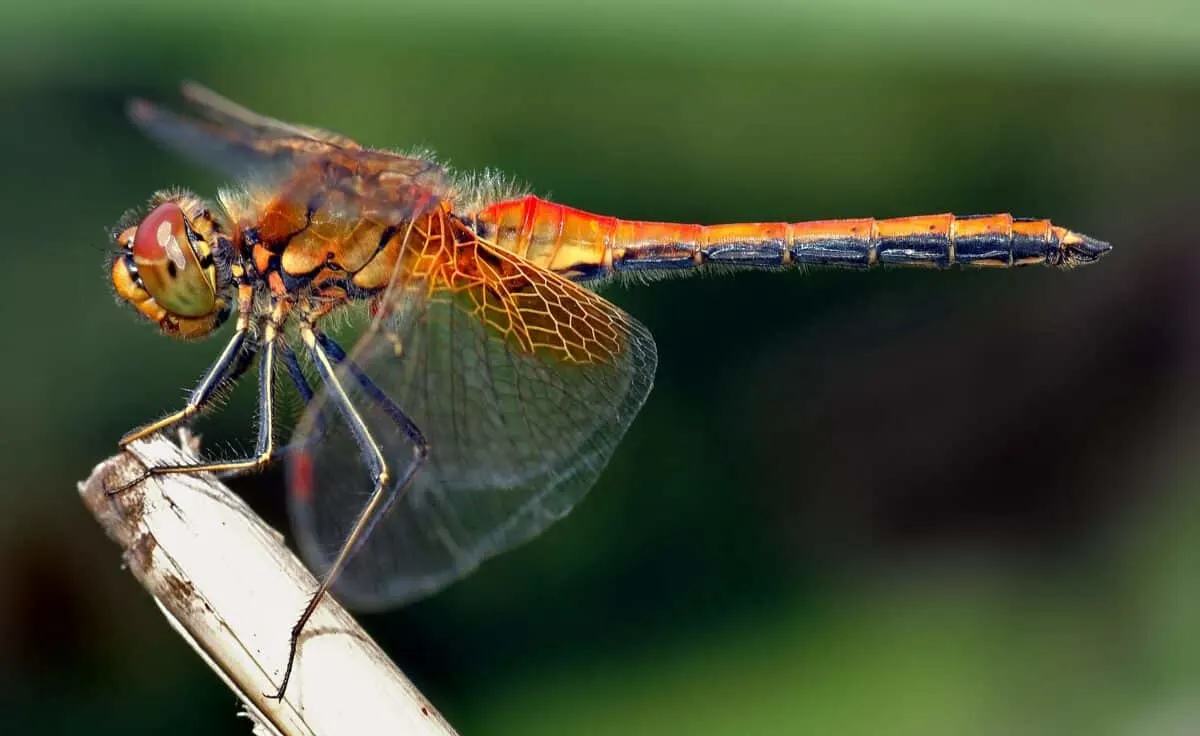People have long been fascinated with flight, and while we have developed the technology to enable it, many other animals in the natural world have it perfected. The animal kingdom boasts a variety of remarkable flying creatures, ranging from agile birds to intriguing insects.
1. Bald Eagle
The Bald Eagle personifies the majesty of the heavens with its magnificent look and soaring flight. These beautiful birds, with a wingspan reaching 7 feet, have gained renown for their excellent vision and exceptional hunting skills.
Bald Eagles are apex predators who travel huge areas in pursuit of fish, ducks, and small animals using their broad wings and strong flight muscles. They effortlessly glide through the air on thermal updrafts, conserving energy during lengthy flights. The Bald Eagle’s flight represents power and freedom that captivates onlookers with its supple motions and strong presence.
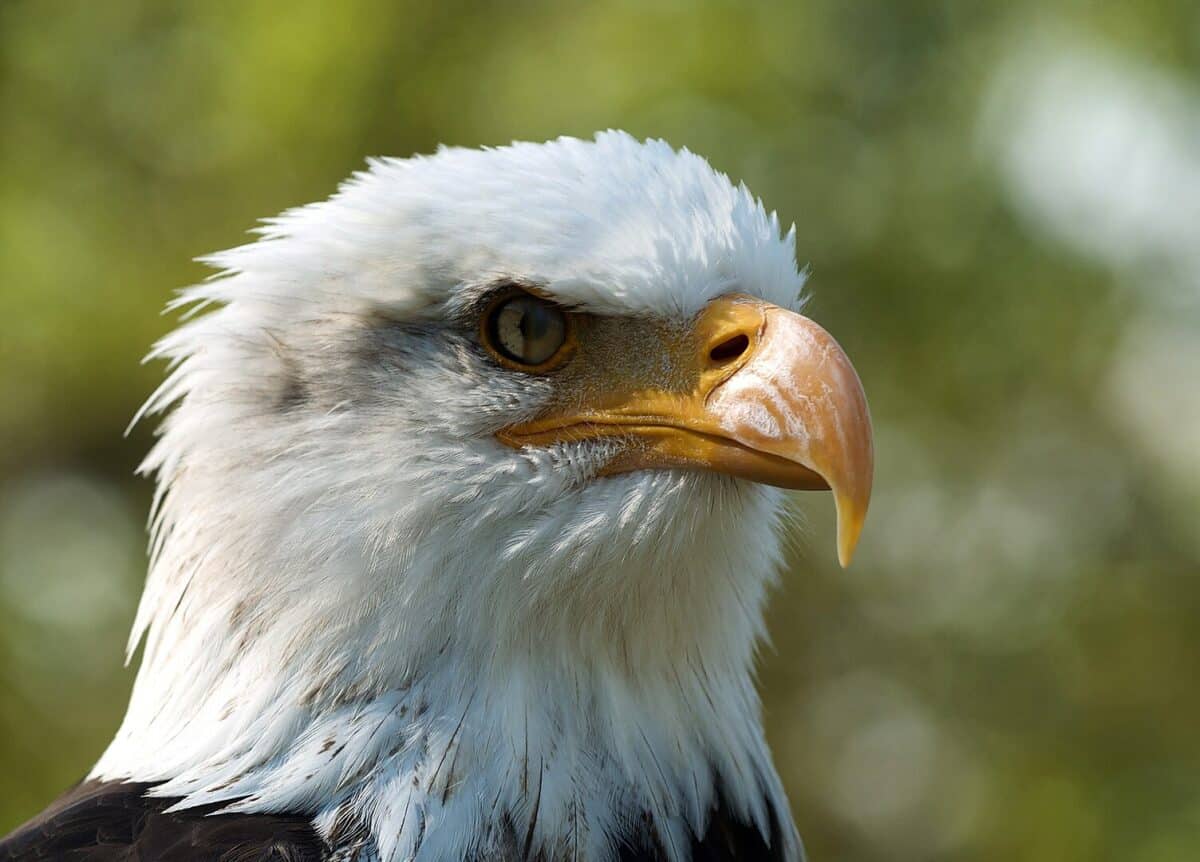
2. Bats
The only mammals that can fly for extended periods are bats, remarkable animals of the night. Their enlarged wings, formed of a thin membrane of skin stretched between lengthened finger bones, are their special adaptation for flight. They can move with extraordinary quickness and precision because of this structure.
Extremely specialized flyers, bats can perform various amazing aerial tricks like sudden changes in direction, hovering, and even flying backward. Bats use their echolocation ability to travel through the night, finding their path and spotting prey mid-air.
They play crucial functions in pollination, seed dissemination, and insect control, making them priceless assets to ecosystems worldwide, ranging from insectivorous bats to nectar-feeding species.
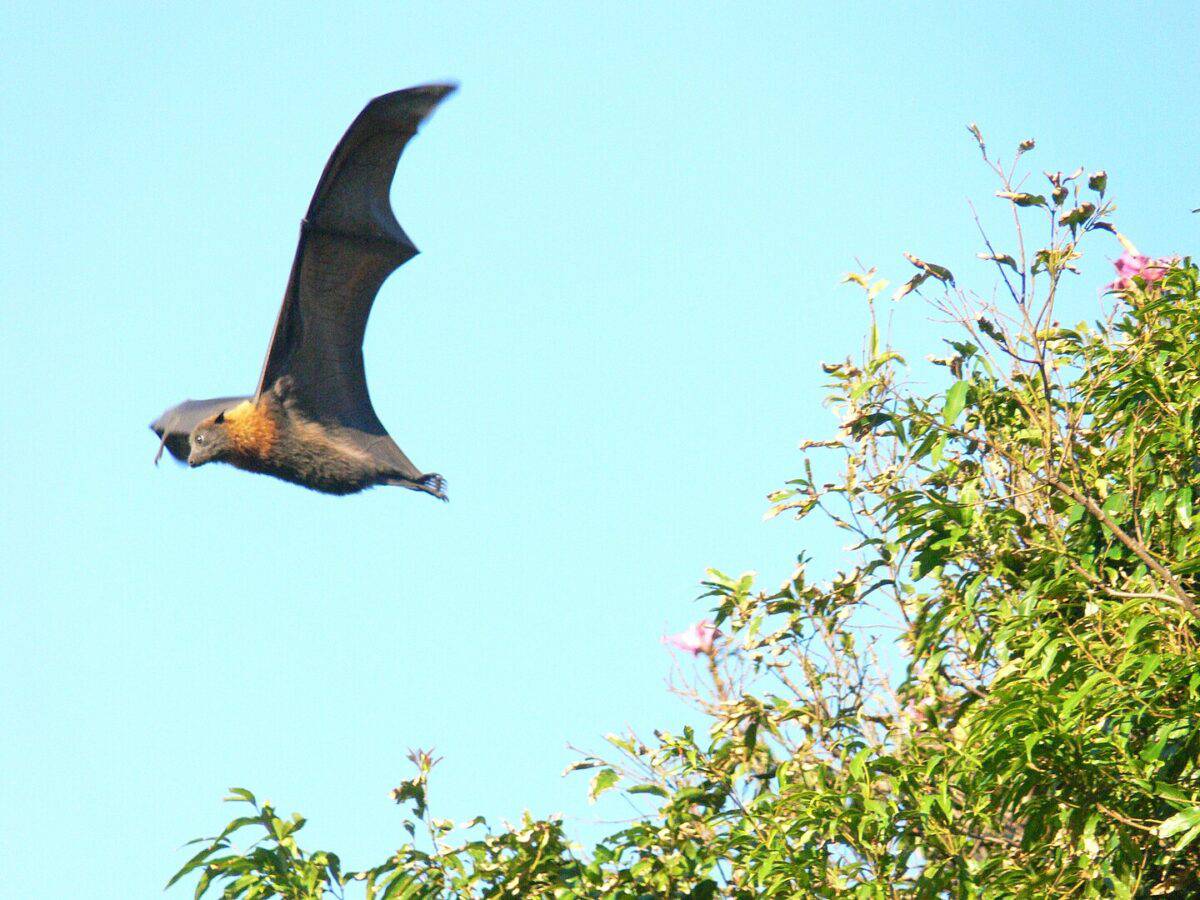
3. Hummingbird
The hummingbird is a magnificent flying marvel with jewel-like colors and quick wingbeats. These tiny birds are superb aerial acrobats despite their diminutive size. They demonstrate their extraordinary mobility by hovering mid-air and flying backward at an average wingbeat rate of 50 to 80 beats per second.
Hummingbirds are significant pollinators because of their long, slender bills and tongues specialized for slurping nectar from flowers. They can reach nectar-rich blossoms that other species cannot because of their ability to fly. Hummingbirds also have high metabolic rates, which force them to ingest a lot of nectar and insects to maintain their strenuous flight. Their ability to hover, change directions quickly, and move with agility in the avian world makes them a fascinating spectacle.
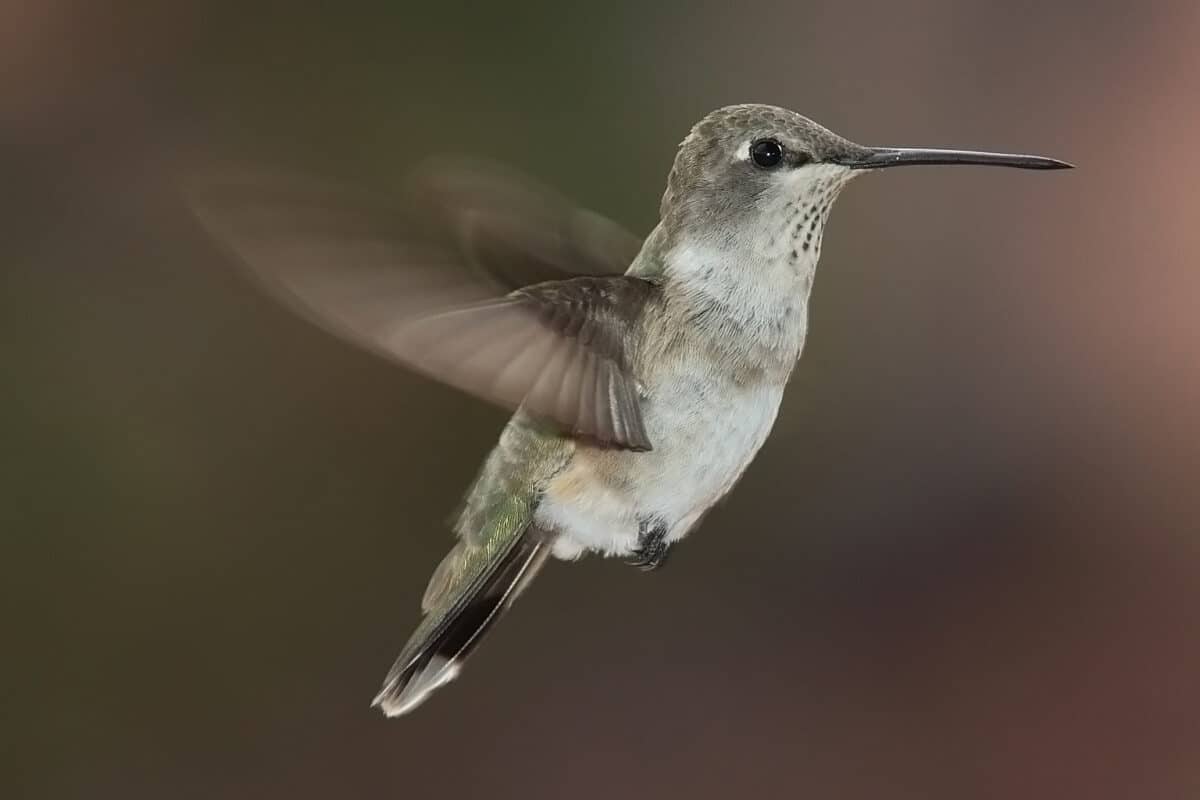
4. Dragonfly
Dragonflies are ancient insects with exceptional flight abilities. They are expert airborne predators with huge, translucent wings and slender bodies. Their extraordinary flight abilities, including quick acceleration, fine control, and hovering, are known for dragonflies.
They can quickly change directions and even fly backward, thanks to the autonomous operation of their four wings. Due to their remarkable agility and keen vision, dragonflies are powerful hunters who feed on smaller insects while in flight.
Thanks to their multiple compound eyes, they have a vast field of vision, allowing them to locate prey with amazing precision. Since they have existed for millions of years, dragonflies have emerged as significant markers of balanced freshwater ecosystems. They serve as predators and prey and are essential in maintaining insect populations.
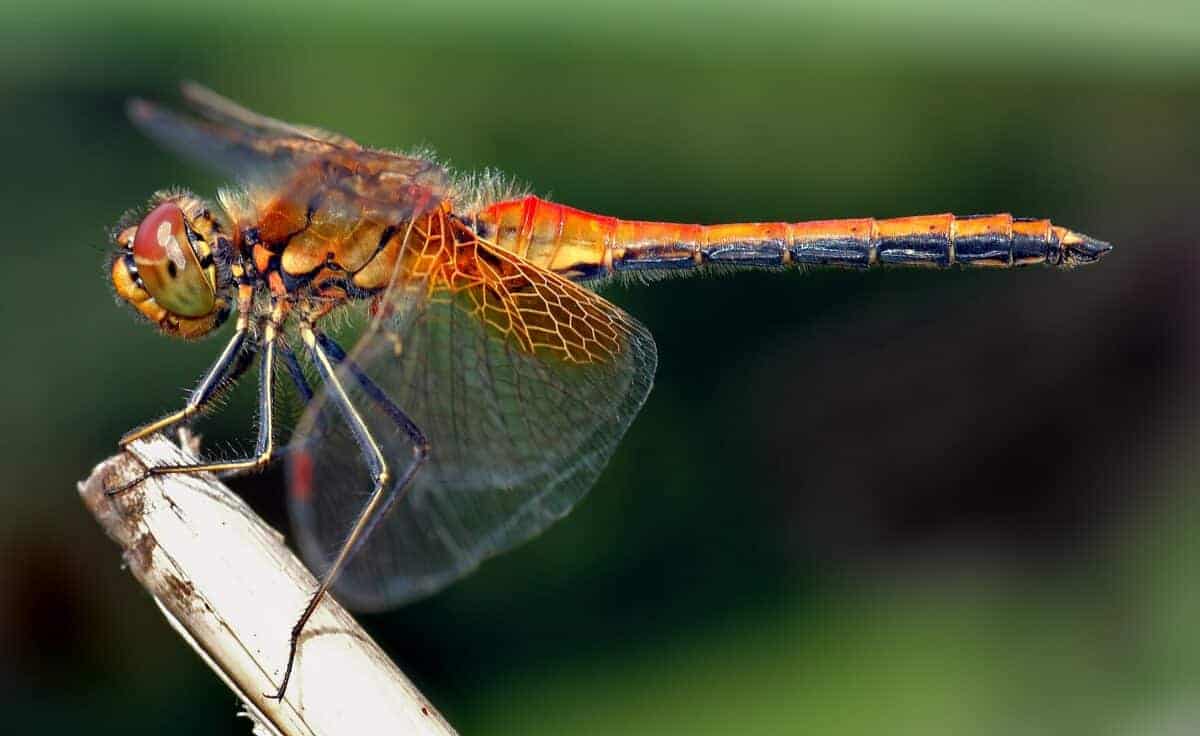
5. Albatross
These magnificent seabirds are masters of long-distance flight thanks to their remarkable wingspan. These birds can soar above the open ocean for extended periods thanks to their wingspans, which can approach 11 feet.
Dynamic soaring is a particular form of flight that has developed in albatrosses. During their lengthy foraging expeditions, they cleverly utilize wind currents and wave shapes to conserve energy, flying thousands of kilometers without flapping their wings. Because of this amazing adaptability, they can travel great distances in pursuit of fish and squid.
Albatrosses have strong wings and sleek bodies that reduce air resistance, making them well-suited to life in the air. They are true sea wanderers thanks to their endurance and aerial skill.
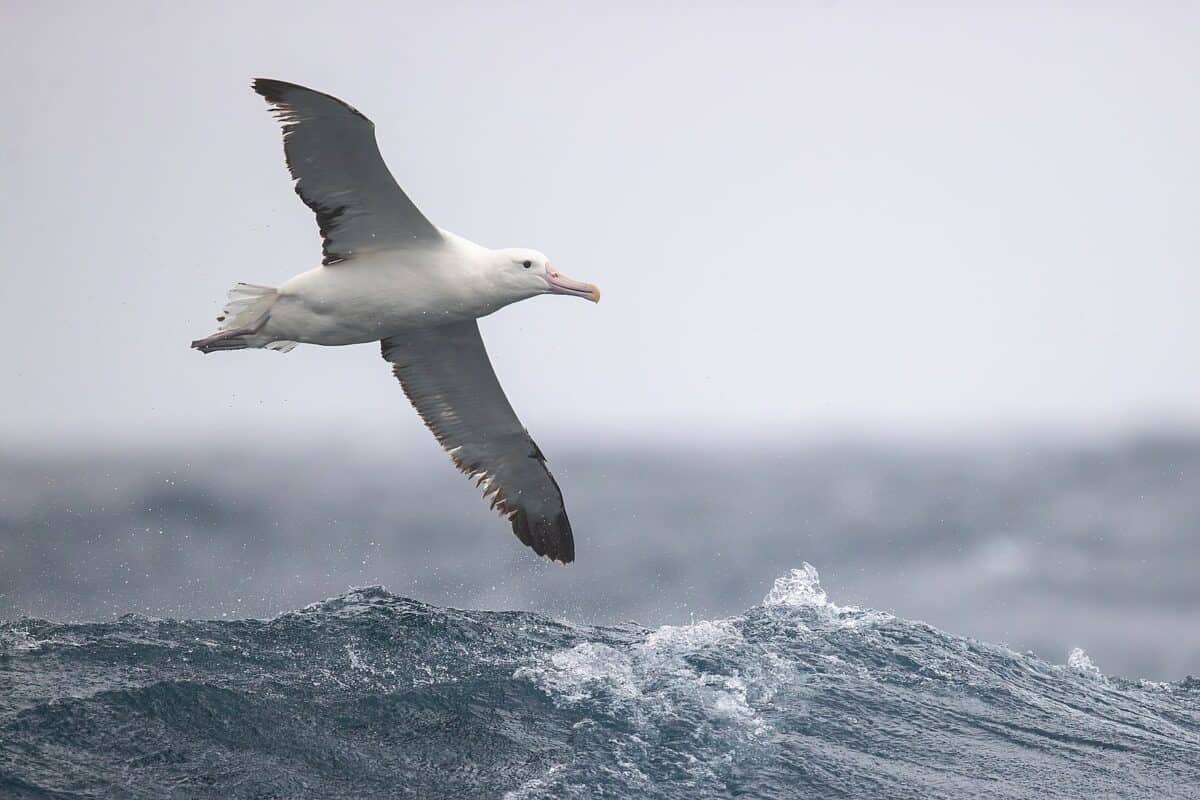
6. Monarch Butterfly
The monarch butterfly is a real representation of grace and tenacity. This fragile insect exhibits an incredible feat of flight and is known for its epic long-distance migration that covers thousands of kilometers.
Monarchs travel over various landscapes from North America to overwintering locations in Mexico or California throughout several generations. They combine powered flight with gliding to go great distances and rely on favorable winds and celestial signals. The Monarch Butterfly’s stunning orange and black wings and beautiful flying patterns make them a joy to behold.
One of nature’s greatest miracles, their annual journey serves as a reminder of the amazing capability for adaptability and endurance seen in the insect kingdom.

7. Peregrine Falcon
The Peregrine Falcon is an incredible feat of speed and agility in the air. These birds are graceful and fearsome predators and the world’s fastest animal, reaching nearly 240 miles per hour on hunting stoops.
Peregrine Falcons have sleek bodies and strong wings, which enhance their ability to fly. They are renowned for their amazing “stoop” diving maneuver, in which they tuck their wings and quickly drop near their victim before striking with astounding accuracy. They can traverse various ecosystems and perform complex airborne acrobatics thanks to their long, pointed wings and powerful flight muscles.
The amazing adaptations that enable peregrine falcons to rule the sky as peregrine falcons demonstrate fearsome hunters.
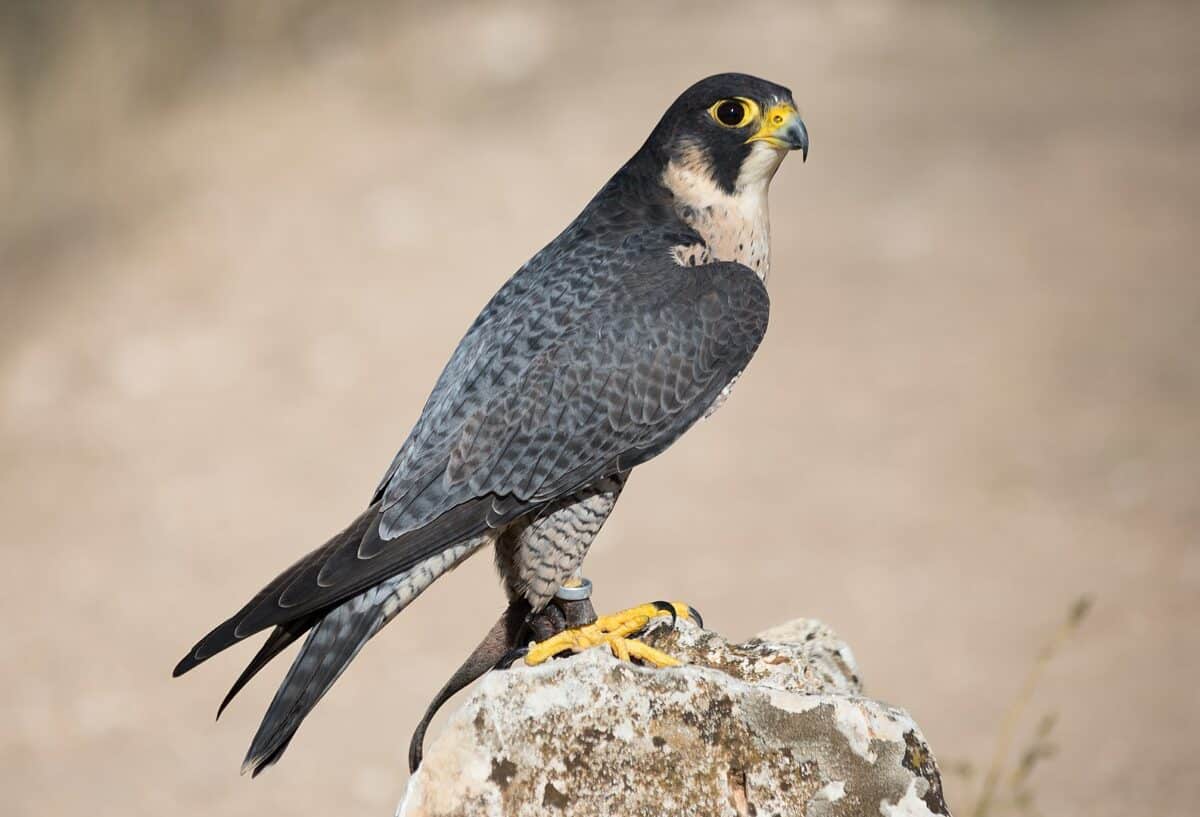
8. Fruit Bat
Fruit bats, commonly called flying foxes, are interesting animals that highlight the variety of avian life. These bats are extremely well adapted to their frugivorous diet, as seen by their remarkable wingspans of up to 5 feet.
They consume the fruits and nectar of flowering plants, which helps them play a crucial part in pollination and seed dissemination. Fruit bats can find and eat fruit while flying thanks to their sharp vision and exceptional sense of smell. They can fly through woodlands and orchards with their wings, and they are skilled foragers thanks to their ability to hover and land precisely on branches.
Fruit bats are essential for preserving environmental balance, fostering plant diversity, and assisting in reproducing many different plant species.
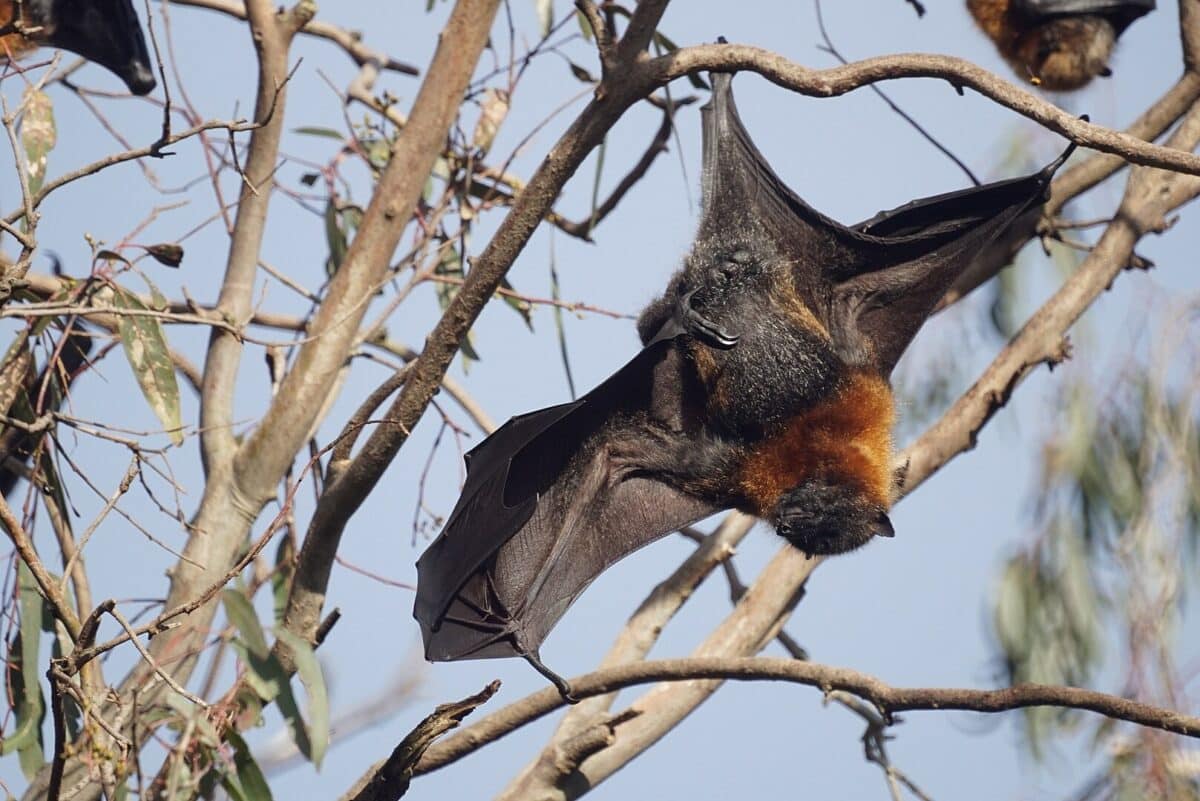
9. Snowy Owl
The Snowy Owl is a well-known Arctic bird, distinguished by its dazzling white plumage and piercing golden eyes. These super owls are suited to their chilly environment, and their gracefulness and resiliency can be seen in their flight.
Additionally, the wide wings of icy Owls enable effective gliding and silent flying, essential for hunting in their icy surroundings. They can identify and catch prey even in low light thanks to their excellent hearing and strong eyesight. Snowy Owls are expert hunters who focus on taking down tiny mammals like lemmings and voles.
They are a mesmerizing sight in the icy places they call home because of their flight, which is a tribute to their acclimatization to the harsh Arctic climate.
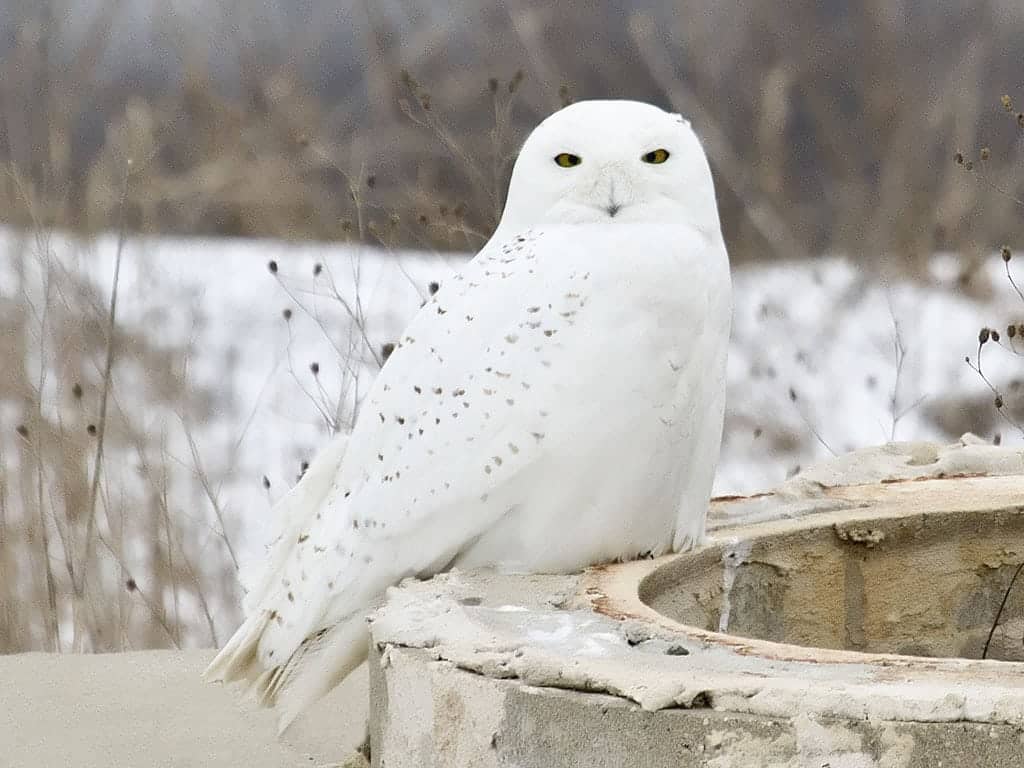
10. Flying Squirrels
These unusual rodents are distinguished by their propensity for gliding. They can glide from tree to tree thanks to a flap of skin called the patagium that extends between their forelimbs and hindlimbs.
Flying squirrels steer their flight and move over the forest’s canopy using their strong bodies and bushy tails as rudders. Although they cannot sustain actual flight, their gliding characteristics let them move quickly through their arboreal habitats, reach food sources, and avoid predators.
These Flying squirrels exhibit incredible agility and control in the air, displaying how well-adapted they are to living in the treetops.
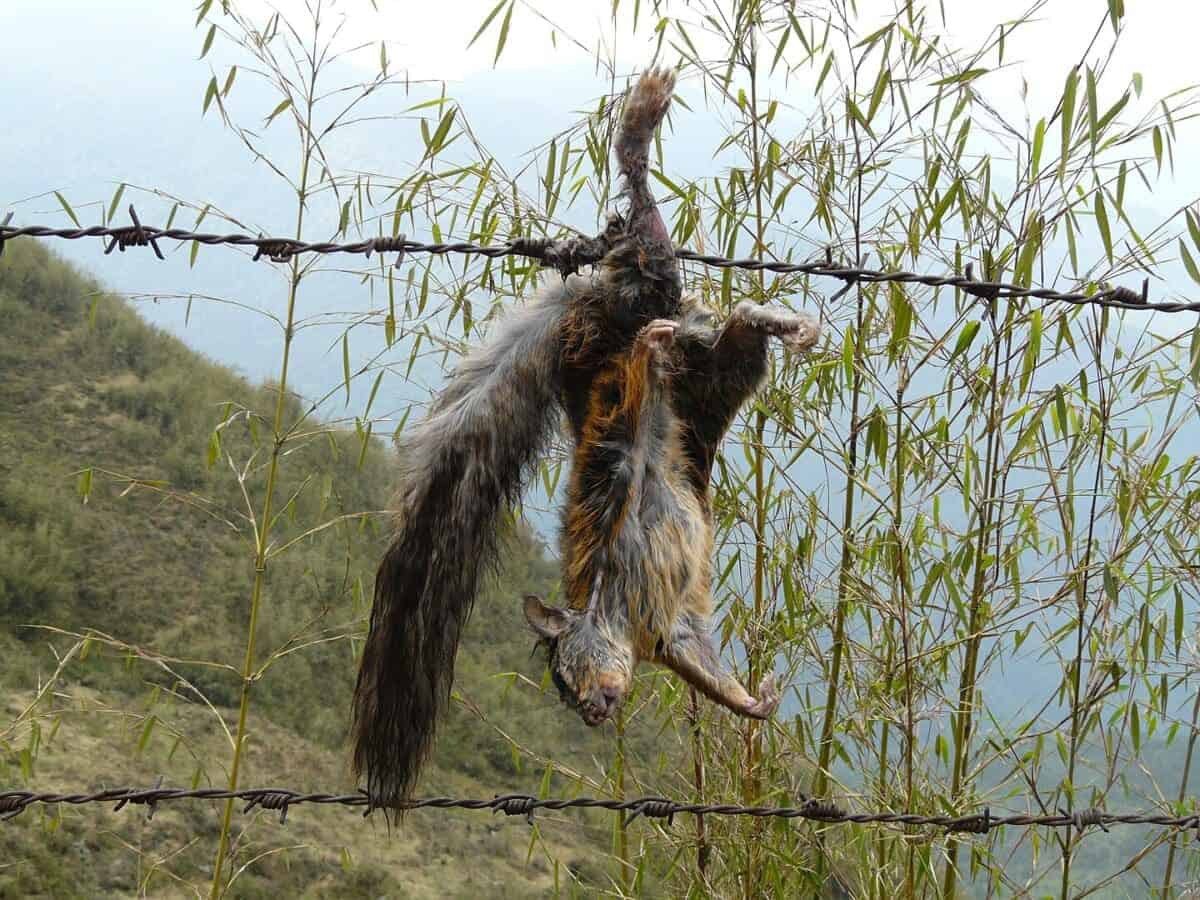
Frequently Asked Questions
What makes birds such excellent flyers?
Birds have unique anatomy and physiology that make them exceptional flyers. They have lightweight bones filled with air sacs and strong muscles that allow vigorous flapping. Their feathers are designed to lift and streamline their bodies, while their wings are shaped and positioned to create the most efficient lift and airflow. Additionally, birds can adjust their wingbeat and flight patterns to suit their needs, whether soaring long distances or hovering in one place.
How do insects, such as butterflies and dragonflies, fly with such precision and agility?
Insects have highly specialized wings that allow for their incredible precision and agility in flight. Their wings are made from a transparent, elastic material called chitin, which is supported by veins and muscles that allow for movement and manipulation of the wings. Butterflies have large, flat wings that allow for gliding and cruising, while dragonflies have four wings that they can manipulate independently to allow for incredible maneuverability. Additionally, insects have a fast metabolism that allows them to produce the energy needed for sustained flight.
How have humans been inspired by the flight of animals in nature?
Humans have observed and studied animals’ flight in nature for centuries, using their observations as inspiration for the development of aircraft technology. The first human attempts at flight relied on mimicking the flapping motion of birds, but later advancements in aerodynamics and engineering allowed for the creation of more efficient and stable aircraft. Additionally, biomimicry – the practice of taking design inspiration from nature – has led to the creation of drones, robots, and other flying devices that mimic the flight patterns and adaptations of animals like bats and birds.
The Bottom Line
The diversity of adaptations and talents among flying creatures is astounding. Each animal on this list exhibits the amazing powers of flying differently, from the soaring Bald Eagle to the deftly patterned flight of dragonflies.
Investigating the various flying creatures of the natural world not only increases our understanding of their remarkable adaptations but also serves as a constant reminder of the sky’s unending beauty and diversity.
If you enjoyed this blog, read more on:
The Secrets of the Adorable Baby Squirrels
Join our Forum for free today!

- Usain Bolt vs. Peregrine Falcon – Speed Test in Their Domains - May 18, 2024
- Top 10 Animals in Yellowstone National Park - April 12, 2024
- Top 10 Omnivores - March 9, 2024

